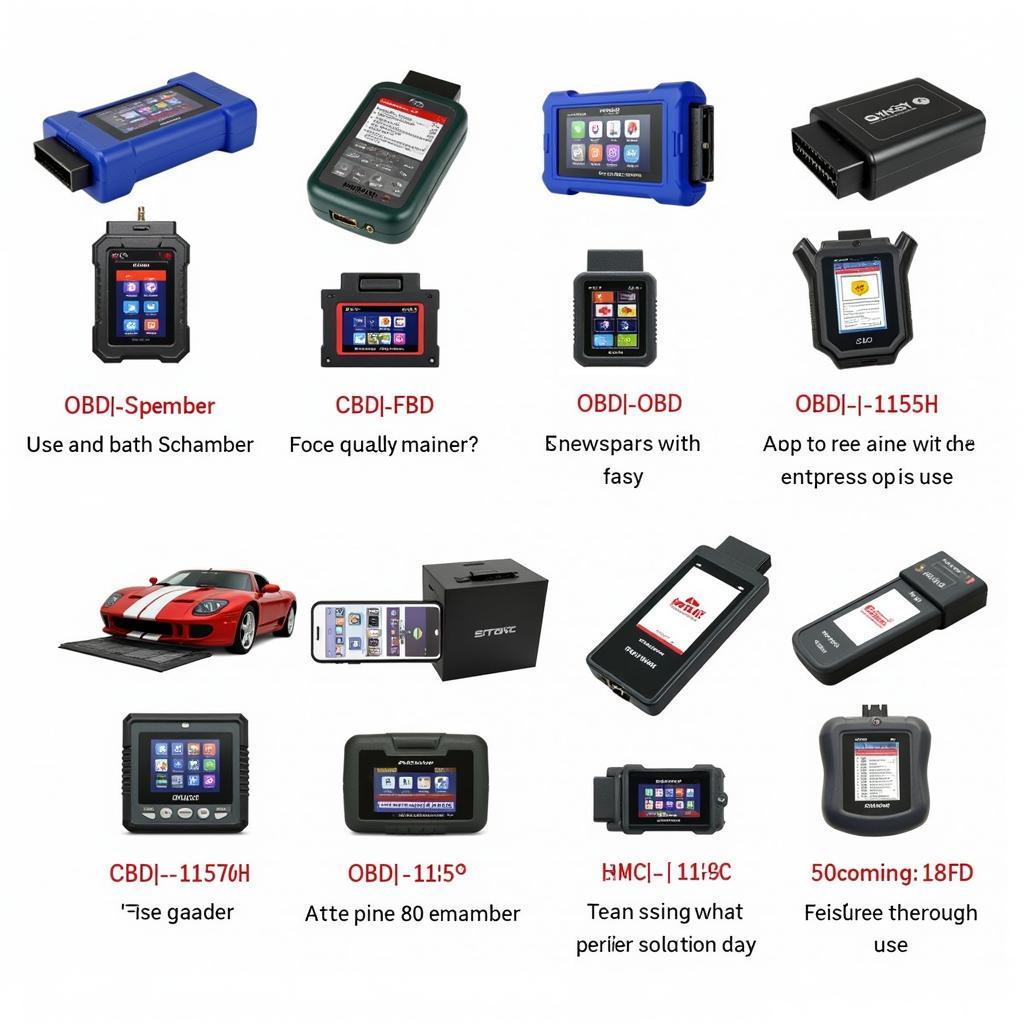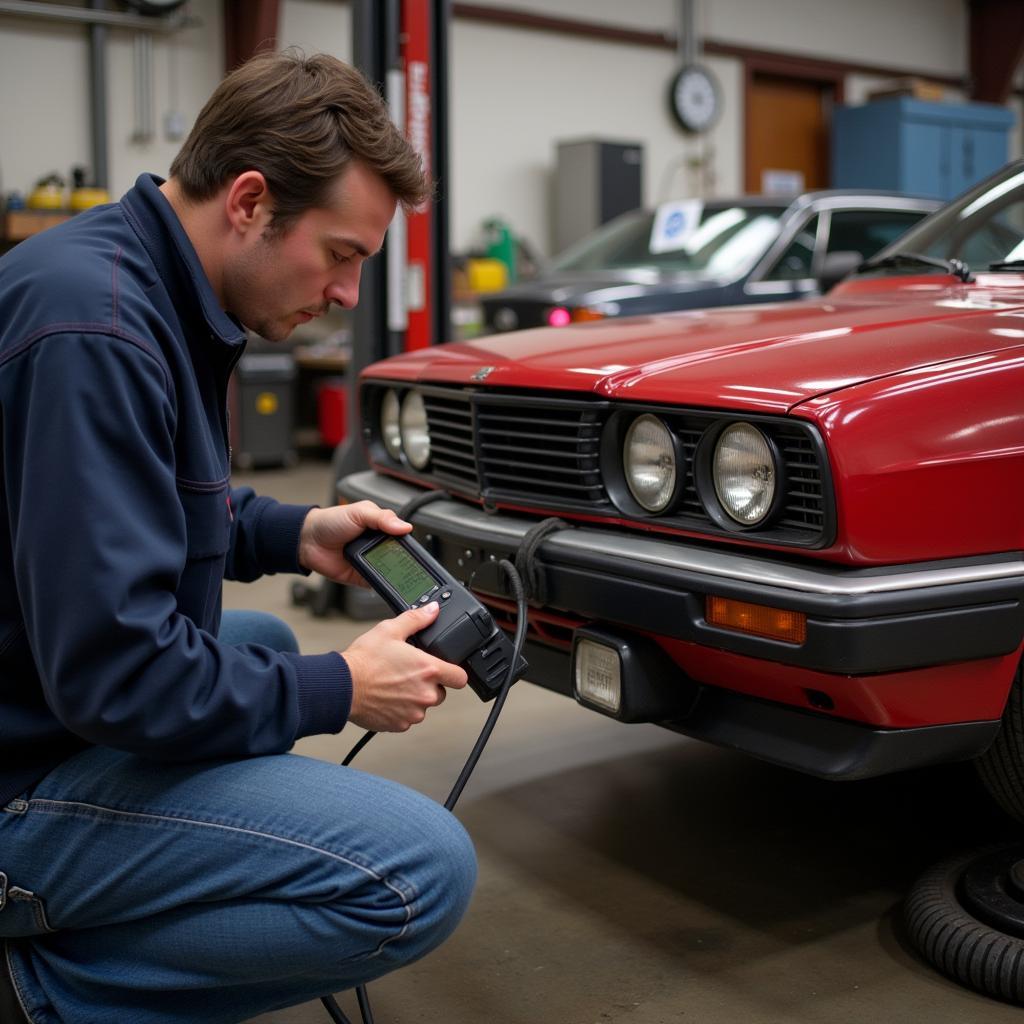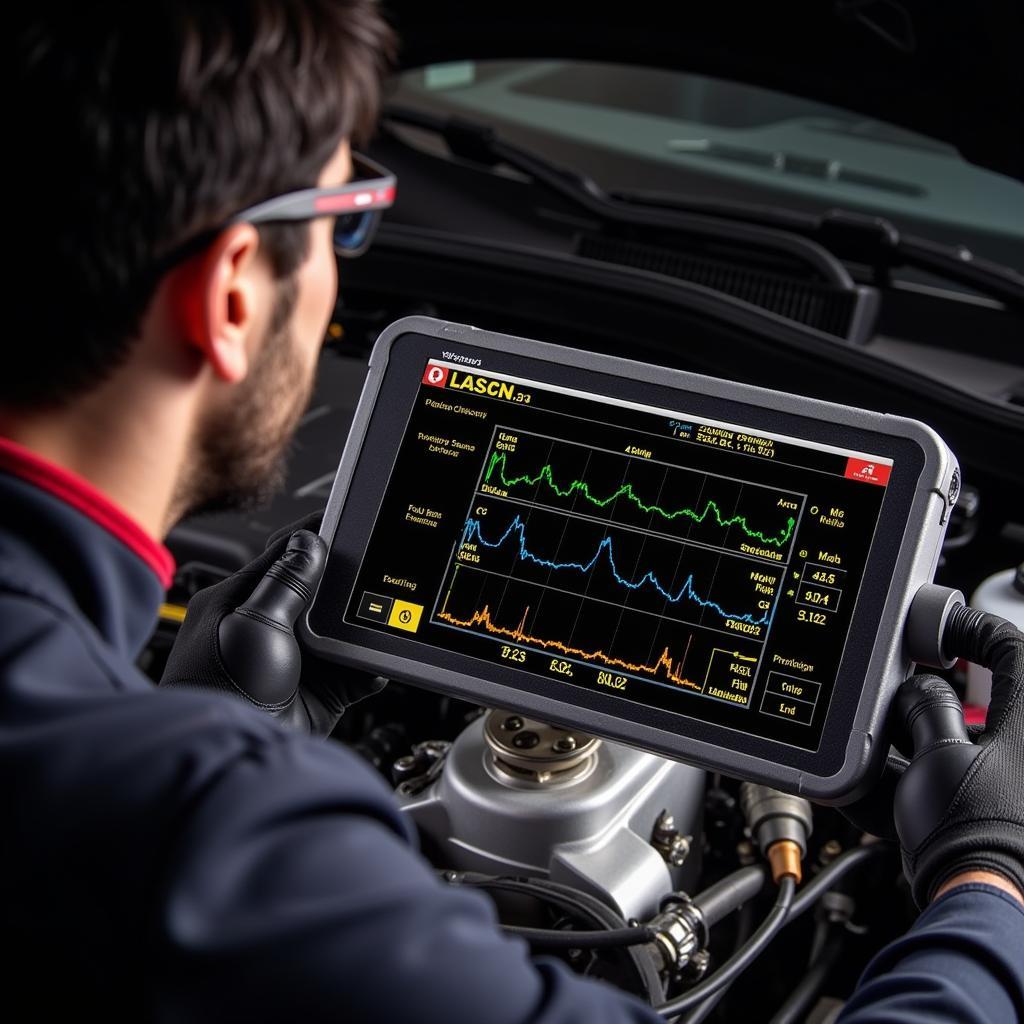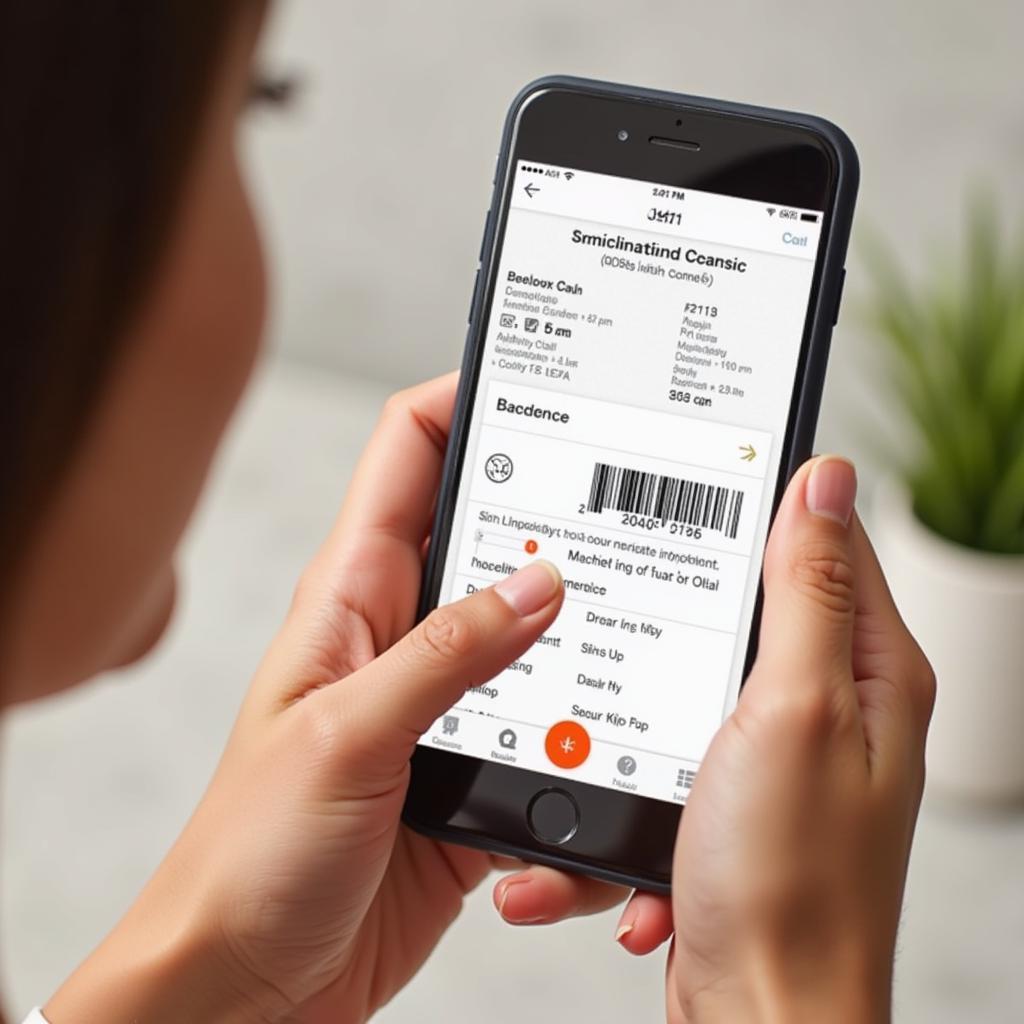While 1996 may seem like yesterday to some, in the automotive world, it marks a significant turning point. This was the year OBD-II became mandatory in the United States, revolutionizing car diagnostics. So, what does this mean for those who own a classic car made before 1996? It means finding the right OBD scanner can be a bit trickier, but certainly not impossible. This guide dives into the world of pre-OBD-II cars and the scanners that can help you keep your vintage beauty running smoothly.
Understanding the Pre-OBD-II Landscape
Before we delve into the scanners, let’s understand what we’re dealing with. Cars manufactured before 1996 utilized a variety of diagnostic systems, each with its own connector type and communication protocols. Unlike the standardized OBD-II, these systems were often manufacturer-specific, meaning a scanner that worked on a Ford might not function on a Chevrolet.
This lack of standardization led to a fragmented market, leaving car owners with limited options for diagnosis and repair. Thankfully, as technology advanced, so did diagnostic tools. Today, you can find OBD scanners specifically designed to bridge the gap and communicate with these older systems.
Choosing the Right OBD Scanner for Your Pre-1996 Car
Navigating the world of pre-OBD-II scanners can feel overwhelming, but understanding your needs and the available options can simplify the process. Here’s a breakdown:
1. Identify Your Car’s Make and Model
This is crucial. Best car scanner app for iphone designed for pre-1996 cars often specialize in specific makes and models. Knowing this information will narrow down your search significantly.
2. Determine the Diagnostic Connector Type
Pre-OBD-II cars used various connectors, with some manufacturers even employing multiple types across their model ranges within the same year. Consult your car’s service manual or look for labels under the dashboard to determine the connector type.
3. Consider Your Diagnostic Needs
Are you a DIY enthusiast looking to troubleshoot basic issues? Or do you require a professional-grade scanner capable of advanced diagnostics and programming? Defining your needs will help you choose a scanner with the appropriate functionality and price point.
 Various OBD Scanner Options
Various OBD Scanner Options
Types of OBD Scanners for Cars Under 1996
Here are the common types of scanners you’ll encounter:
-
Manufacturer-Specific Scanners: As the name suggests, these scanners are tailored to a specific car brand, like Ford, GM, or Toyota. They offer the most comprehensive coverage for that particular make, including access to manufacturer-specific codes and data.
-
Multi-Make Scanners: These versatile scanners support a wider range of car makes and models. While they may not offer the same depth as manufacturer-specific options, they provide a good balance between coverage and cost-effectiveness.
-
Adapter-Based Scanners: These scanners consist of an adapter cable that connects your car’s diagnostic port to a smartphone or laptop. Diagnostic software on your device then interprets the data. This is often a budget-friendly option, but the software capabilities can vary widely.
“When working with pre-1996 vehicles, investing in a high-quality scanner can save you countless headaches down the line,” advises John Miller, a veteran automotive electrician with over 20 years of experience. “It’s not just about reading codes; it’s about understanding the nuances of these older systems.”
Benefits of Using an OBD Scanner on Older Cars
While older cars might not have the complex electronics of their modern counterparts, using an OBD scanner still offers valuable benefits:
- Accurate Diagnosis: Instead of relying on guesswork, a scanner pinpoints the source of the issue, saving you time and potential misdiagnoses.
- Cost Savings: Identifying problems early can prevent minor issues from escalating into major (and expensive) repairs.
- Improved Performance: Addressing issues promptly helps optimize your car’s performance and fuel efficiency.
- Greater Control: Understanding your car’s health empowers you to make informed decisions about its maintenance and repair.
 Mechanic Using OBD Scanner on a Classic Car
Mechanic Using OBD Scanner on a Classic Car
Tips for Using an OBD Scanner on Pre-1996 Cars
-
Consult Your Service Manual: This invaluable resource provides information on connector locations, code definitions, and diagnostic procedures specific to your vehicle.
-
Start with a Code Scan: This will give you a general idea of any stored trouble codes.
-
Research Codes Thoroughly: Don’t jump to conclusions based on a single code. Research its potential causes and related symptoms.
-
Consider Professional Help: If you encounter complex issues or are unsure about the diagnosis, don’t hesitate to seek assistance from a qualified mechanic.
Conclusion
While finding an OBD2 bluetooth car scanner for cars under 1996 might require a bit more research, the right tool can be invaluable for maintaining your classic car. By understanding the pre-OBD-II landscape and your vehicle’s specific requirements, you can confidently choose a scanner that empowers you to keep your vintage treasure running smoothly for years to come.
Need help finding the right scanner? Contact ScanToolUS at +1 (641) 206-8880 or visit our office at 1615 S Laramie Ave, Cicero, IL 60804, USA. We’re here to help you navigate the world of automotive diagnostics.



Pingback: OBD Scanner for Car: Your Ultimate Guide to Automotive Diagnostics - Car Scan Tool